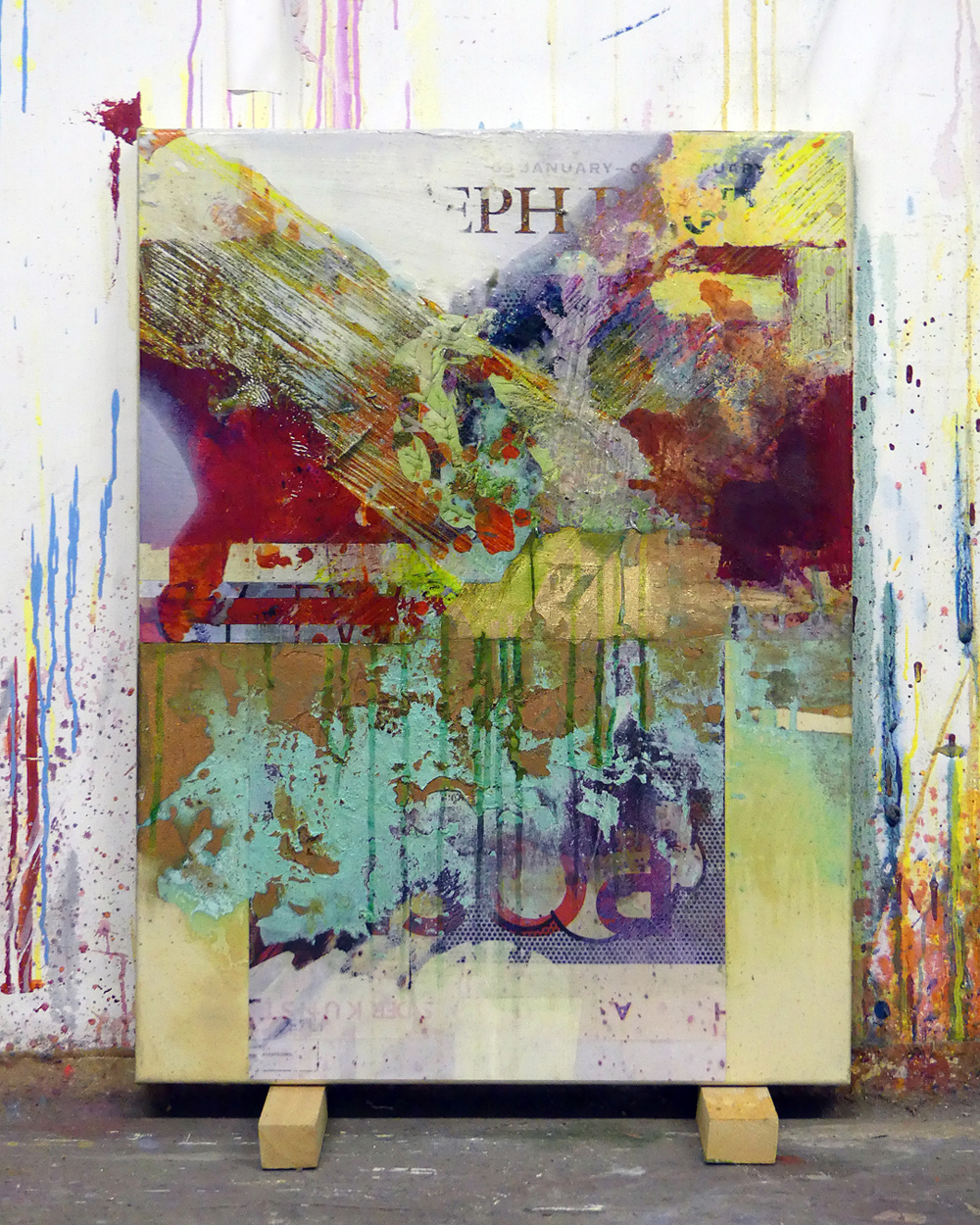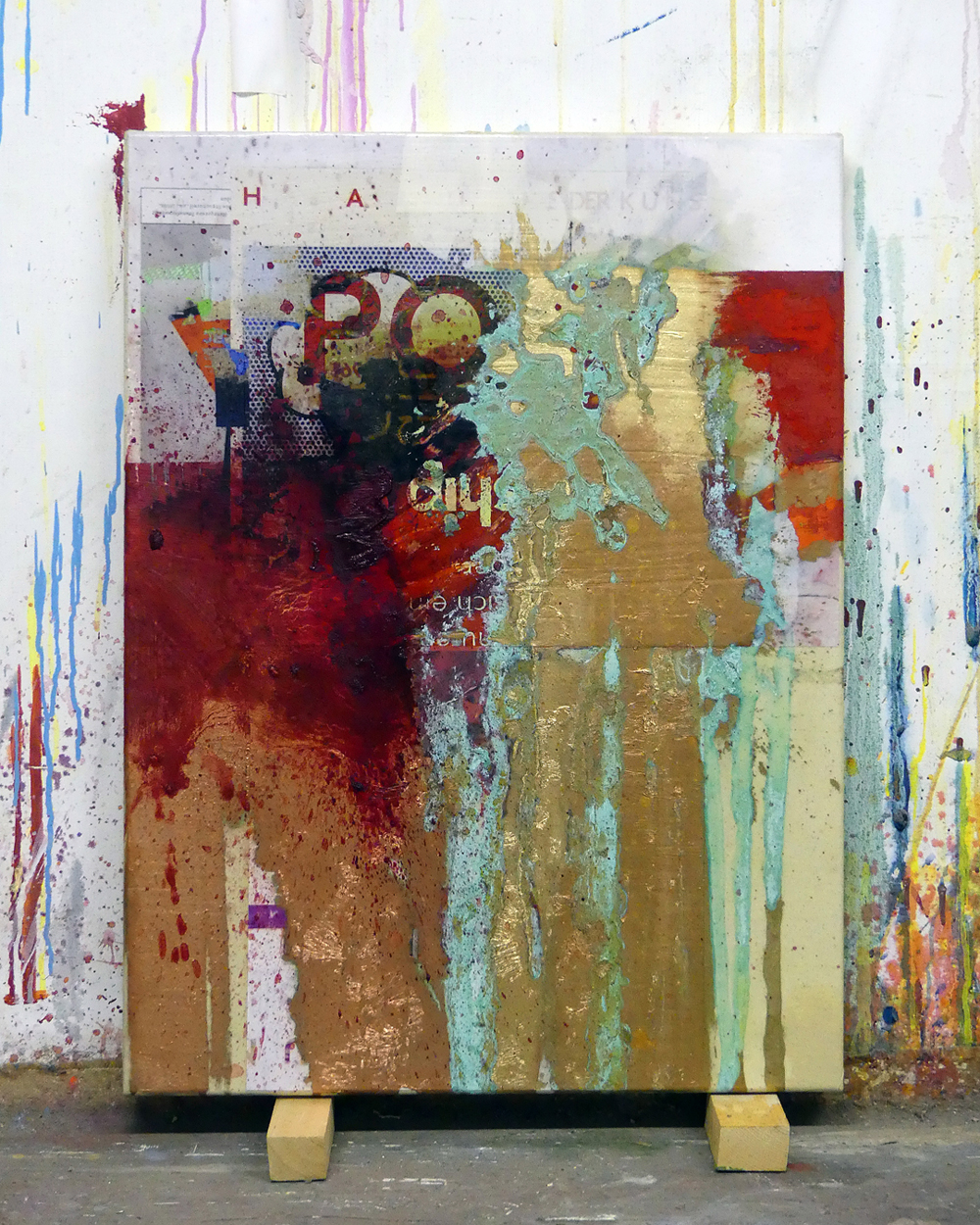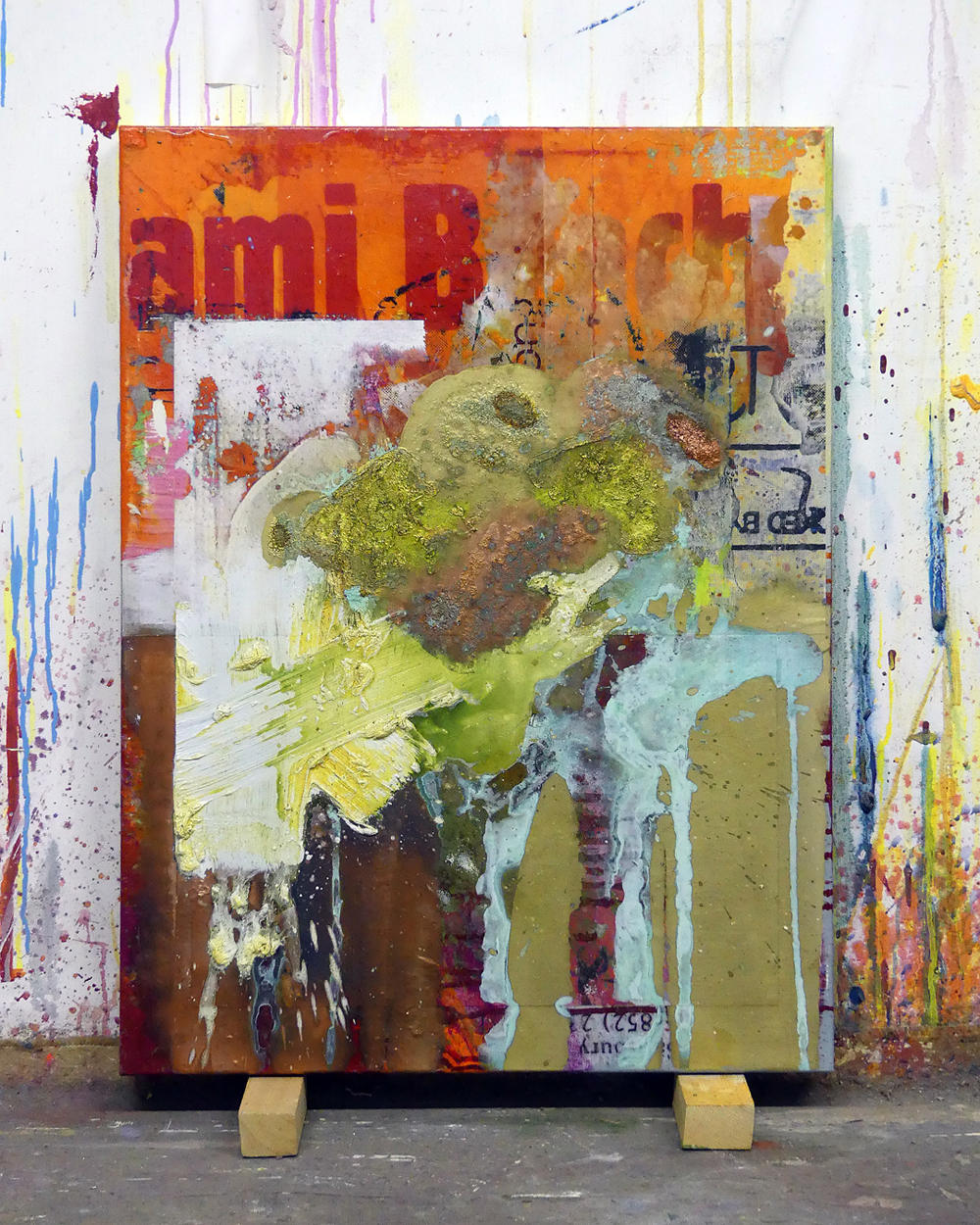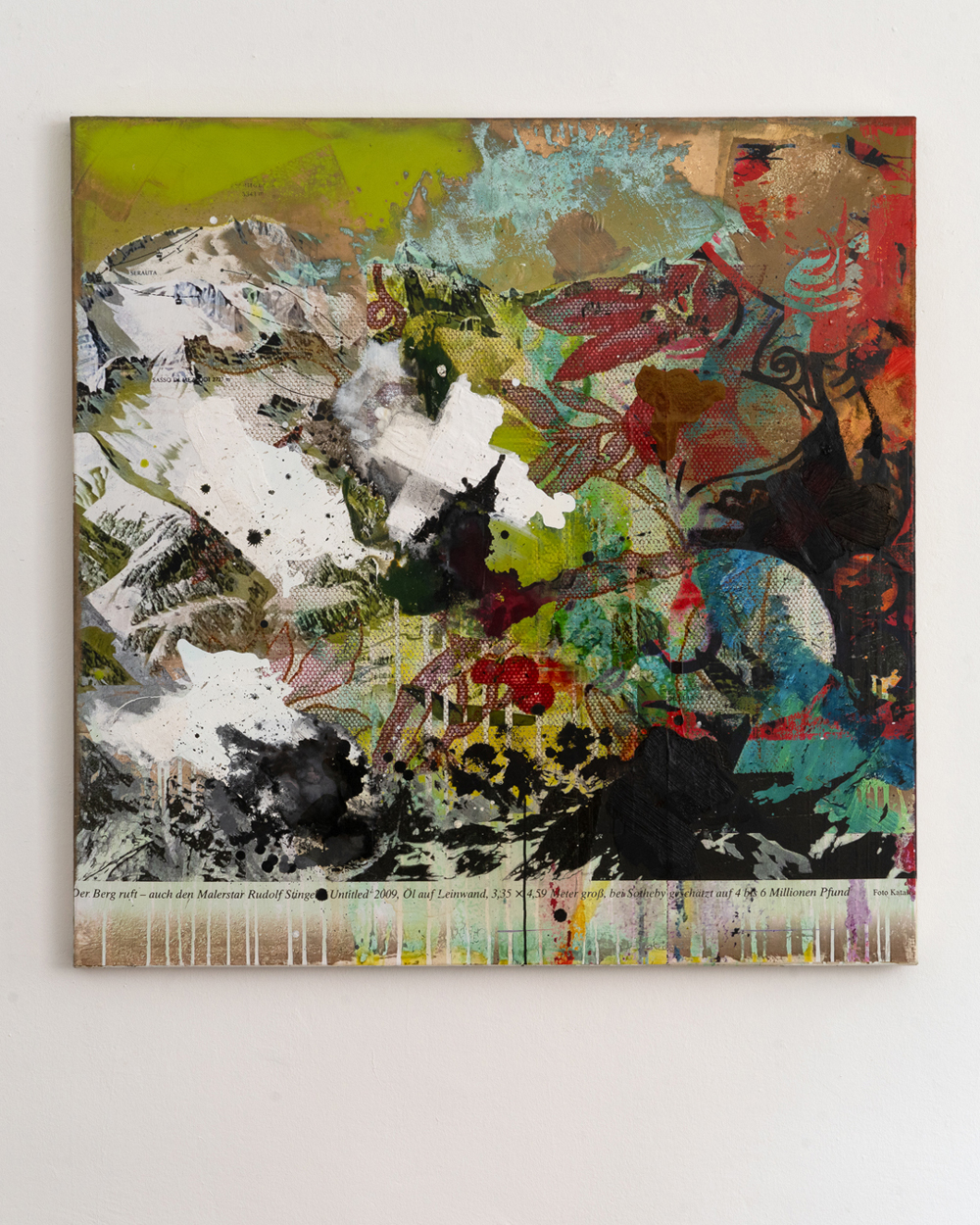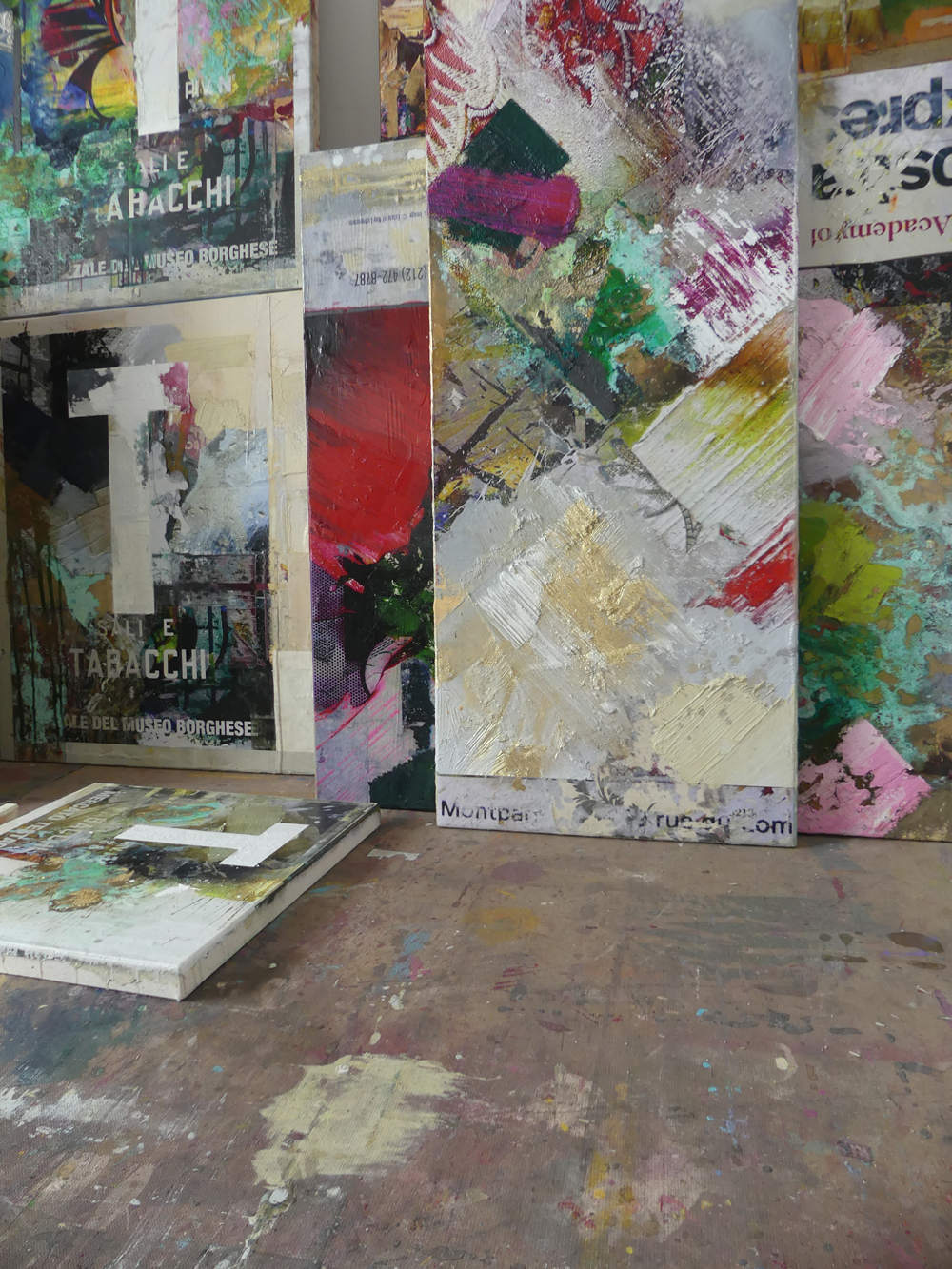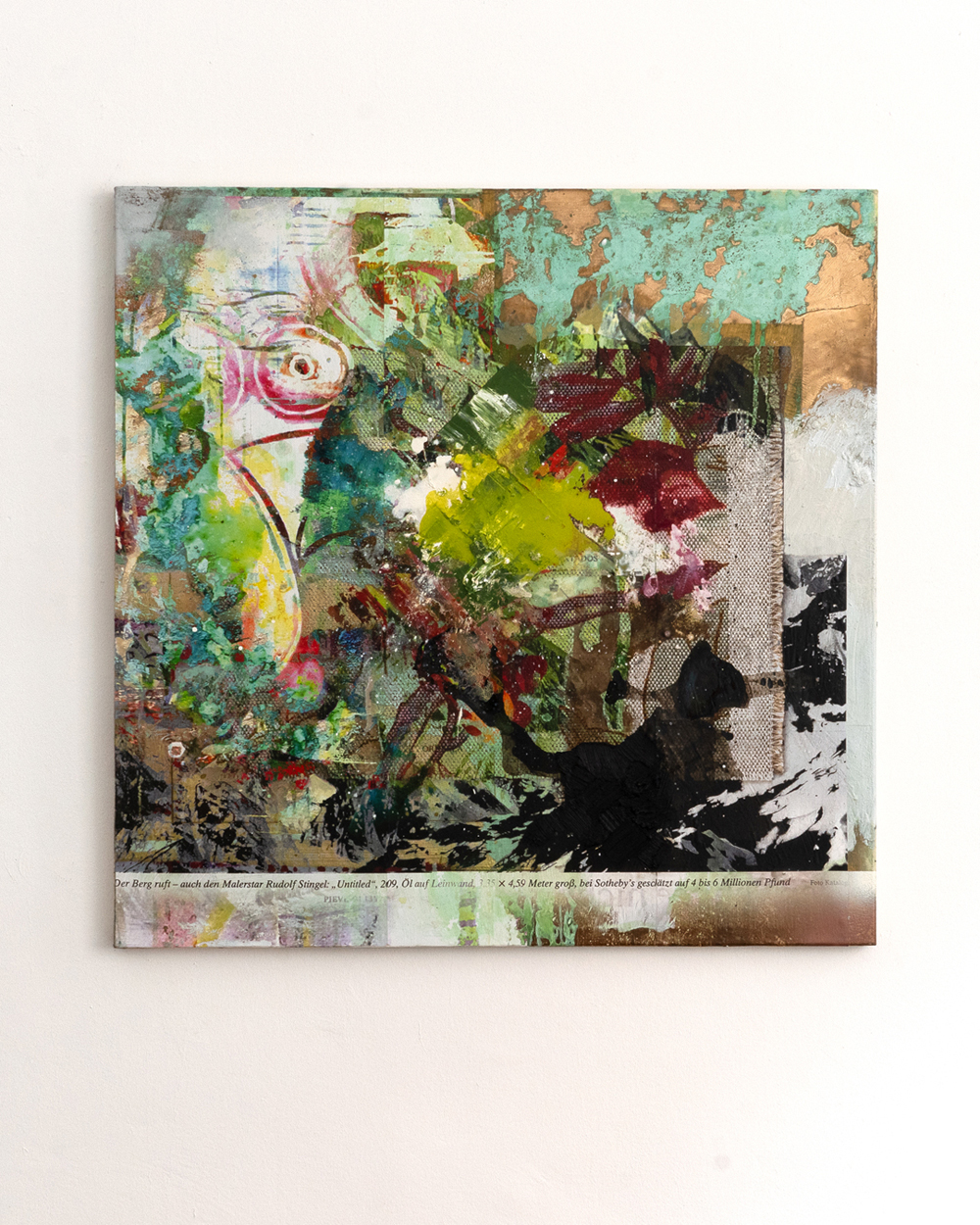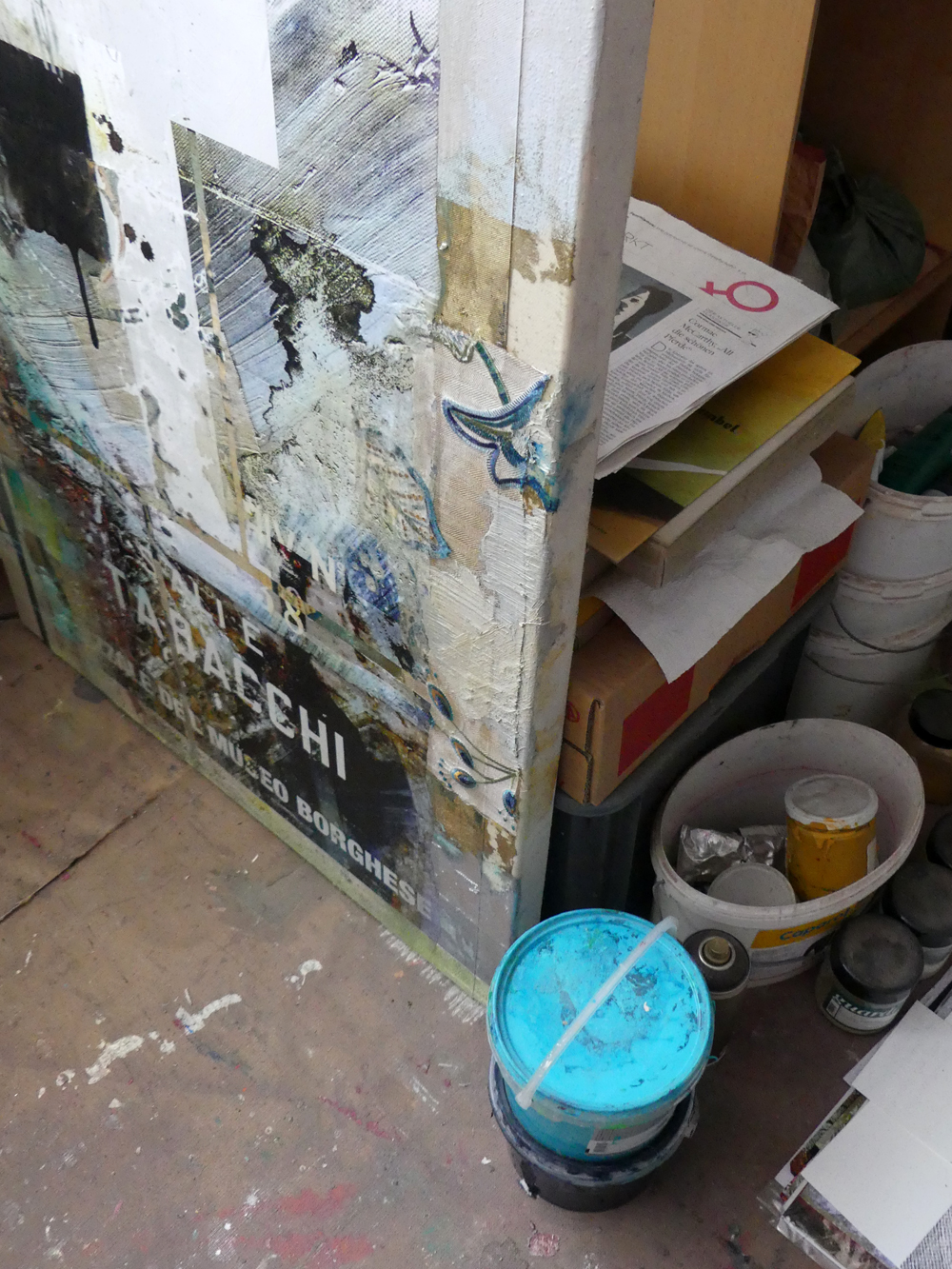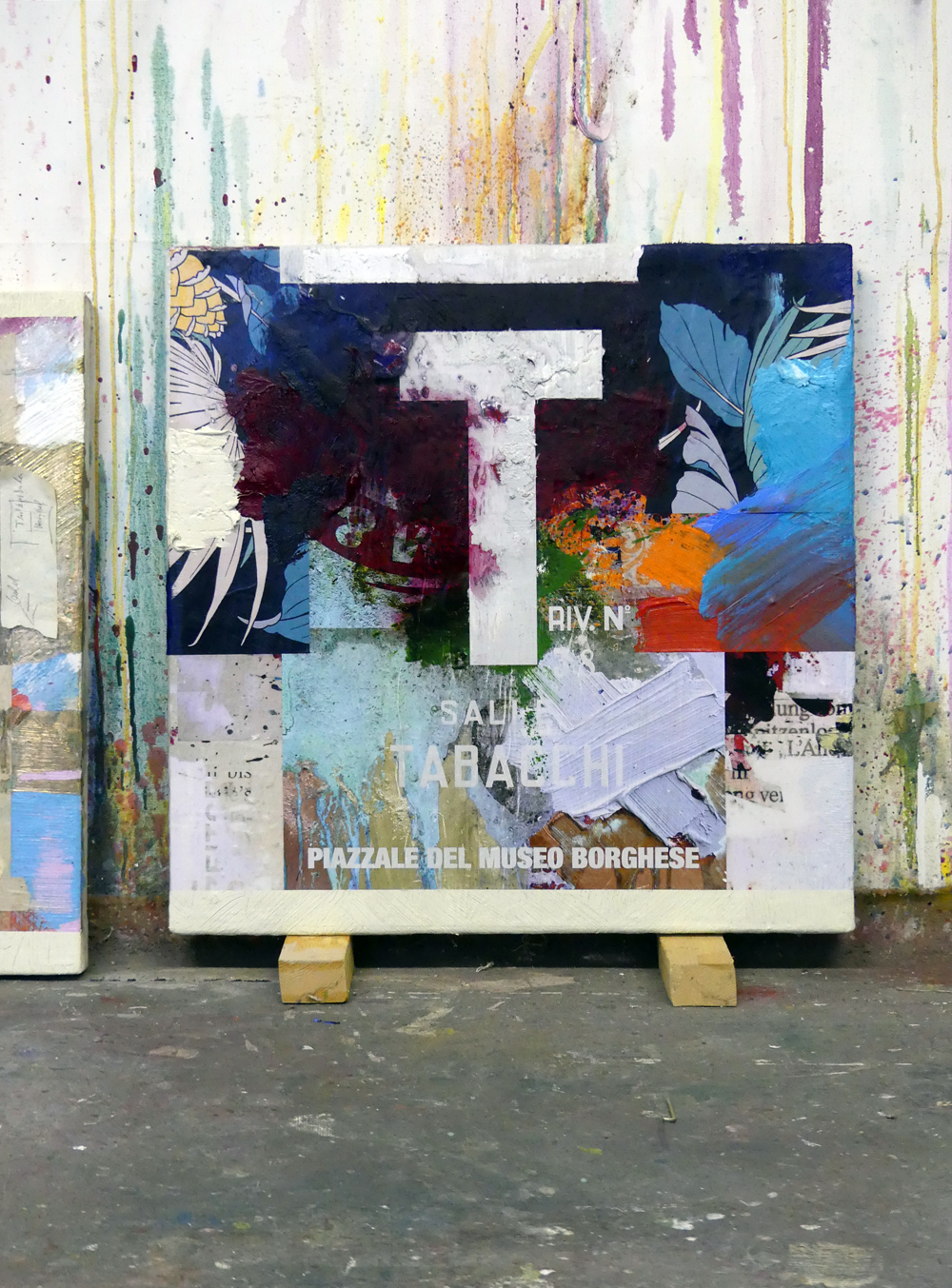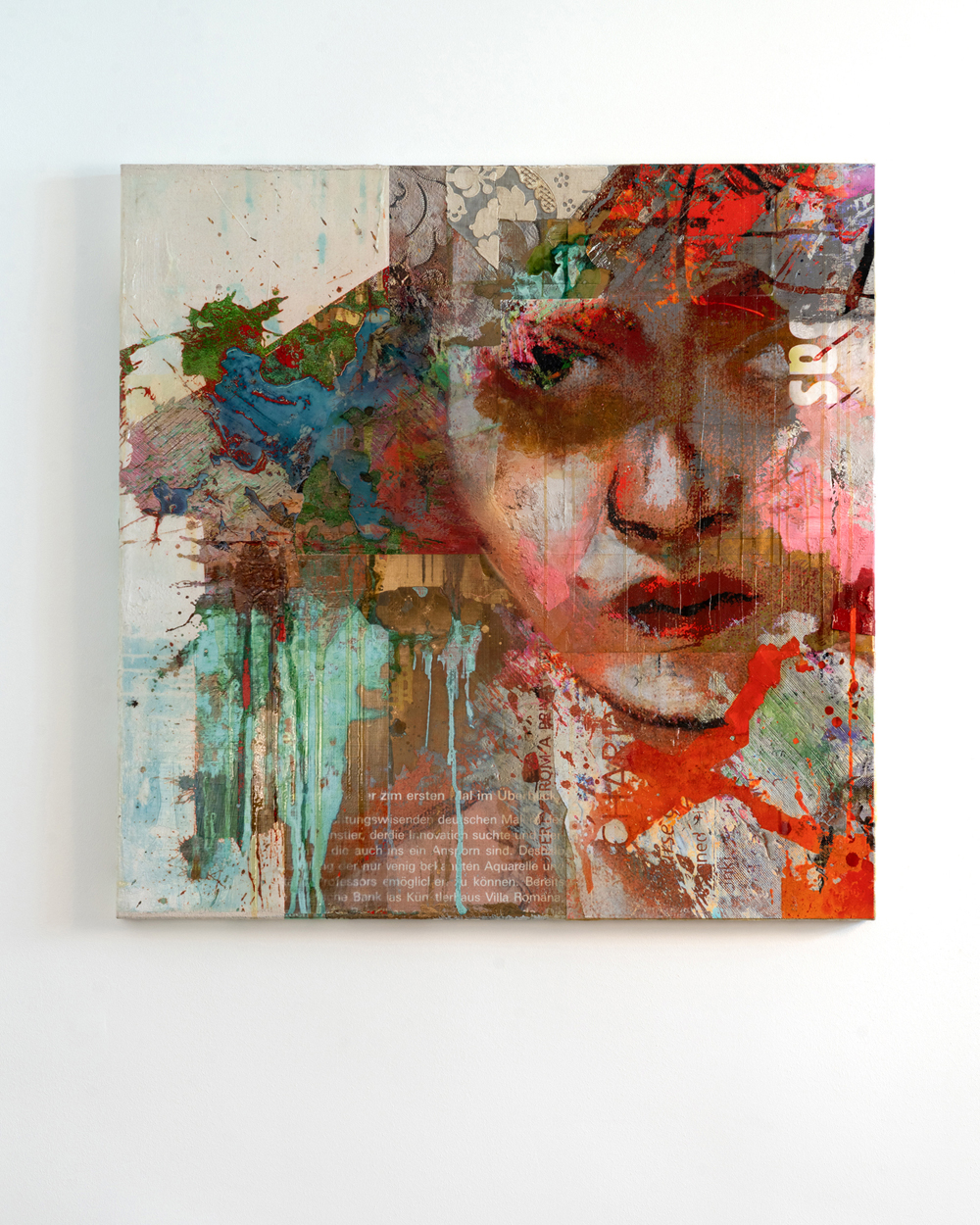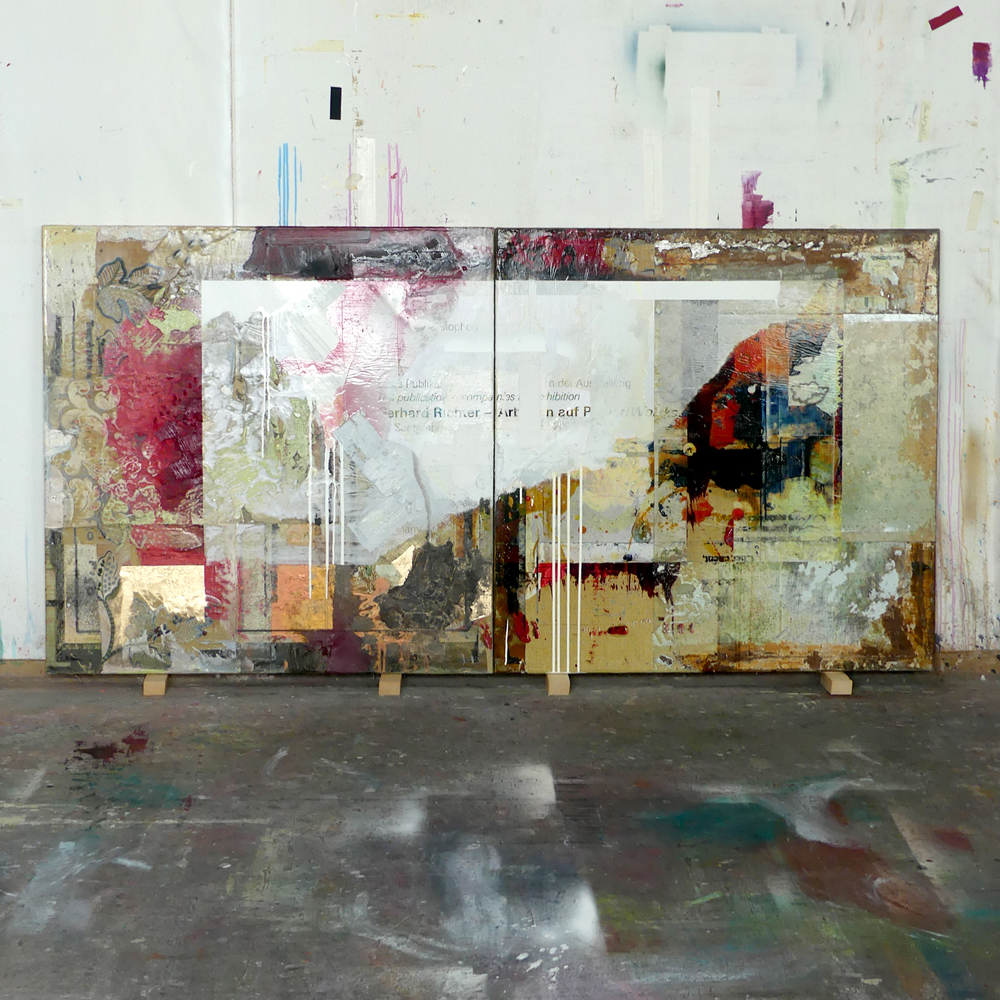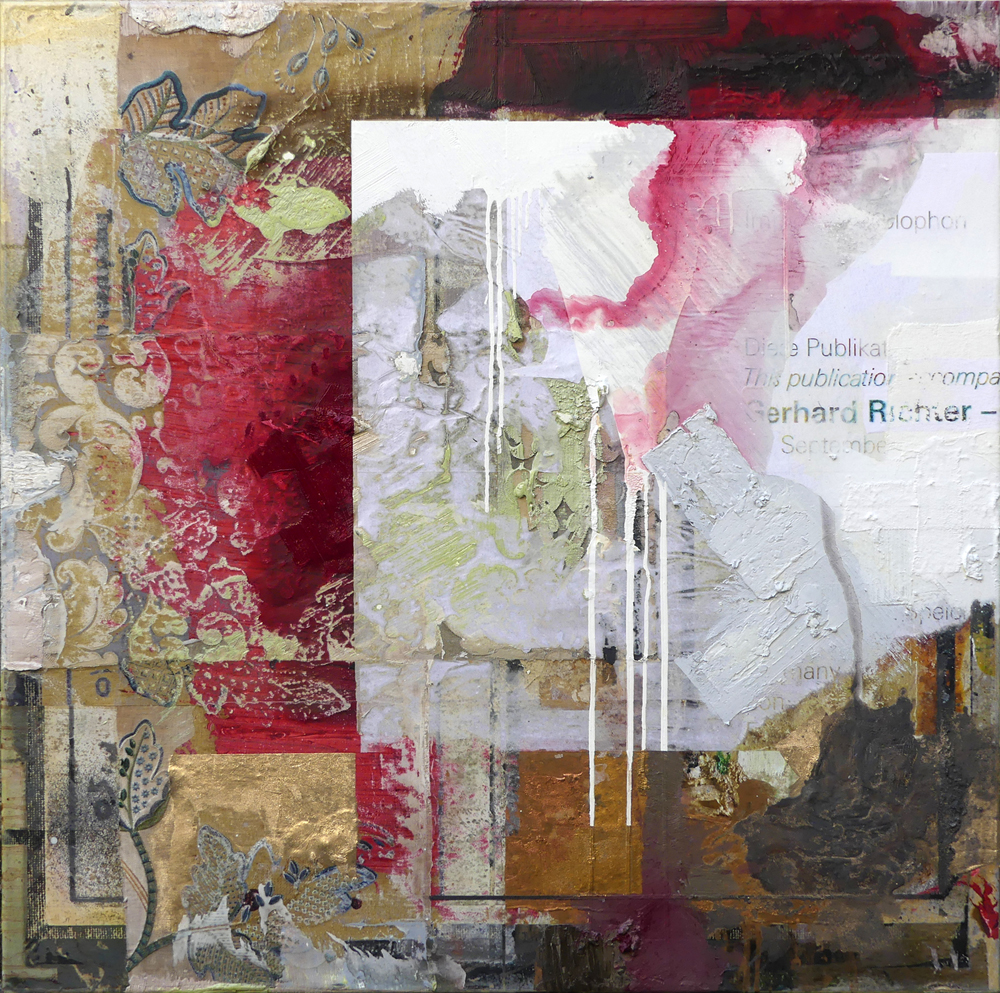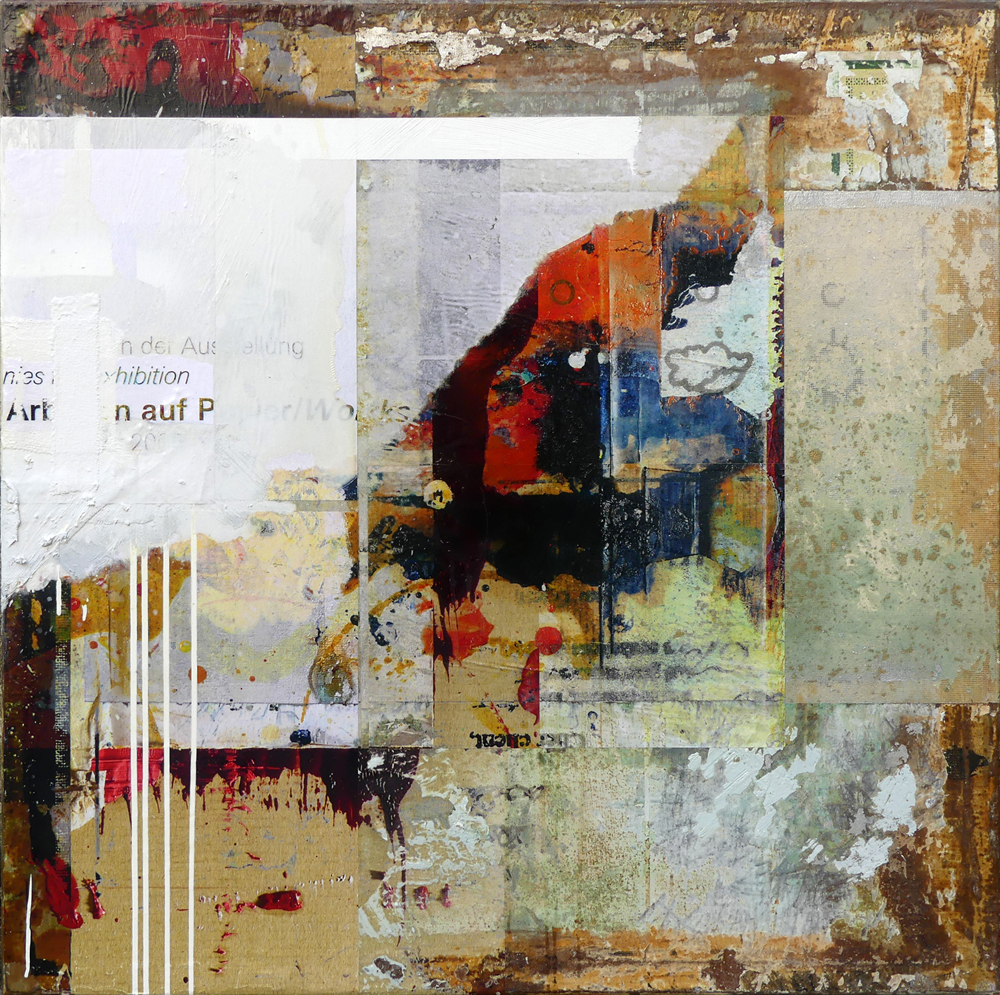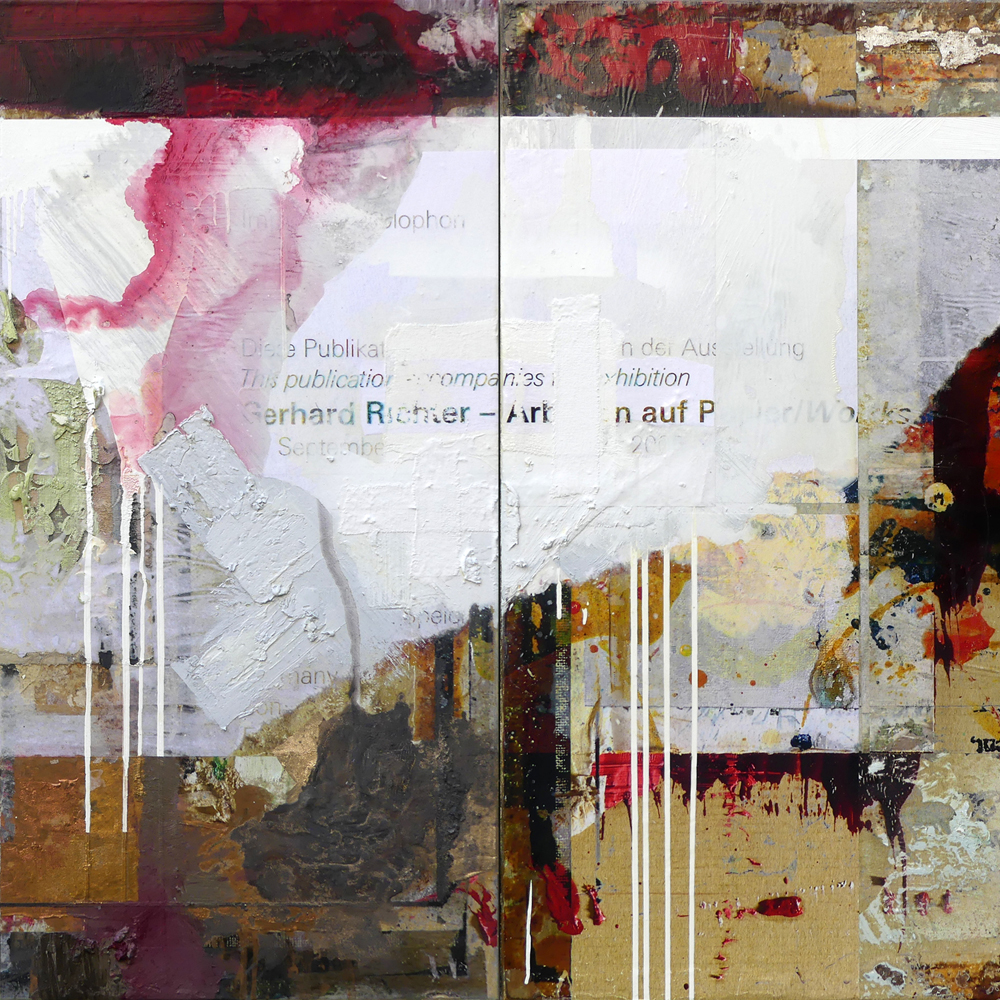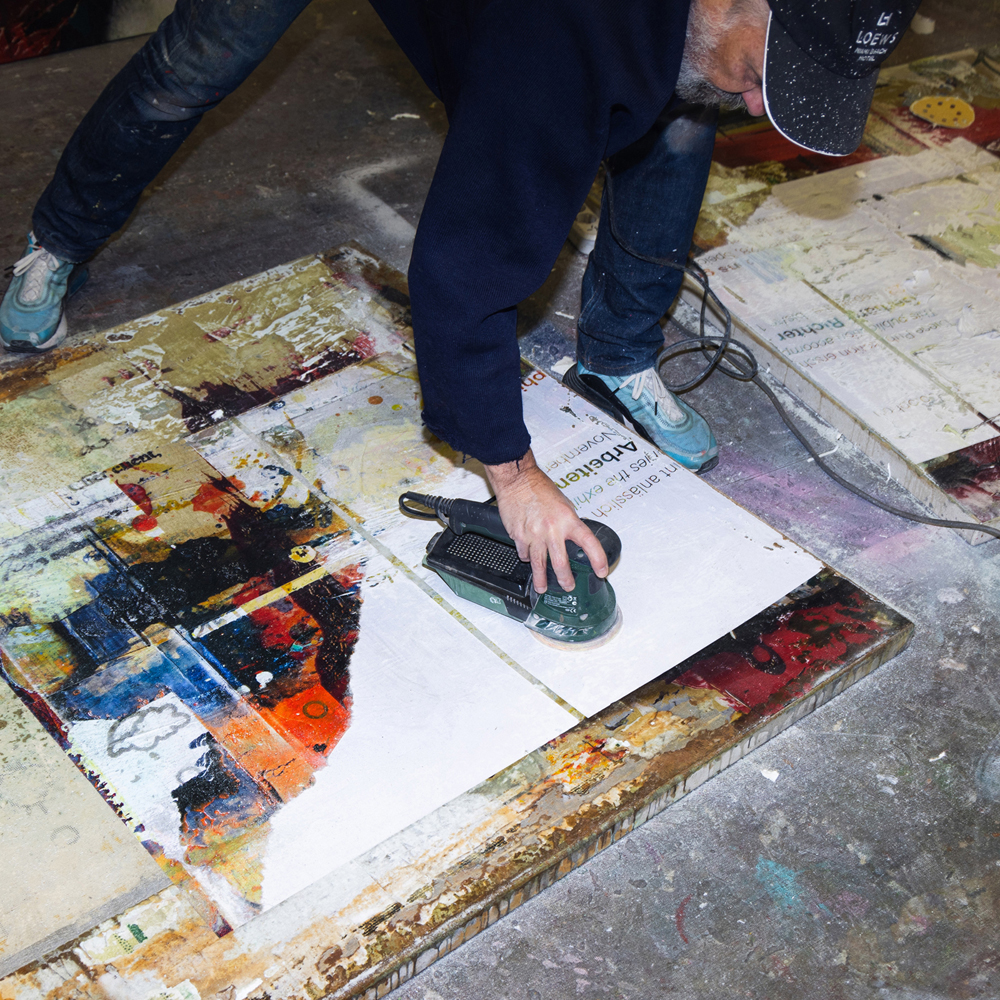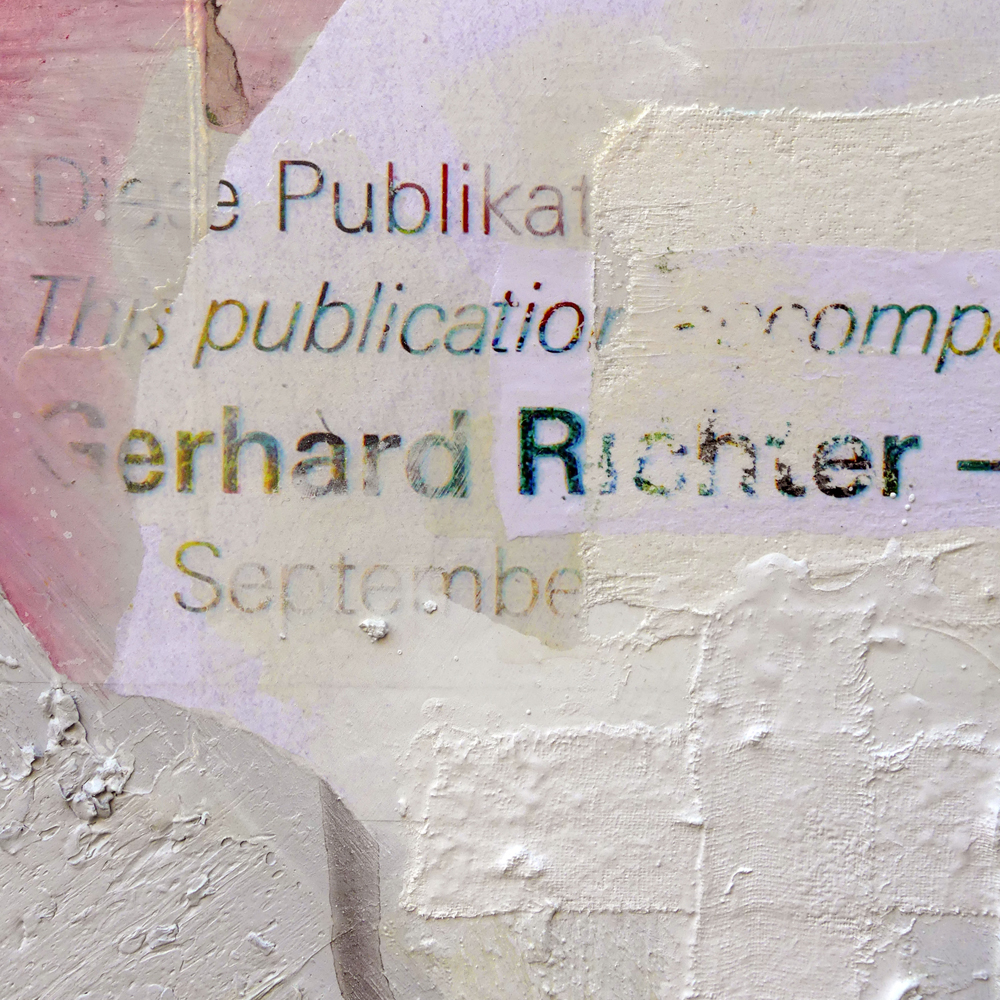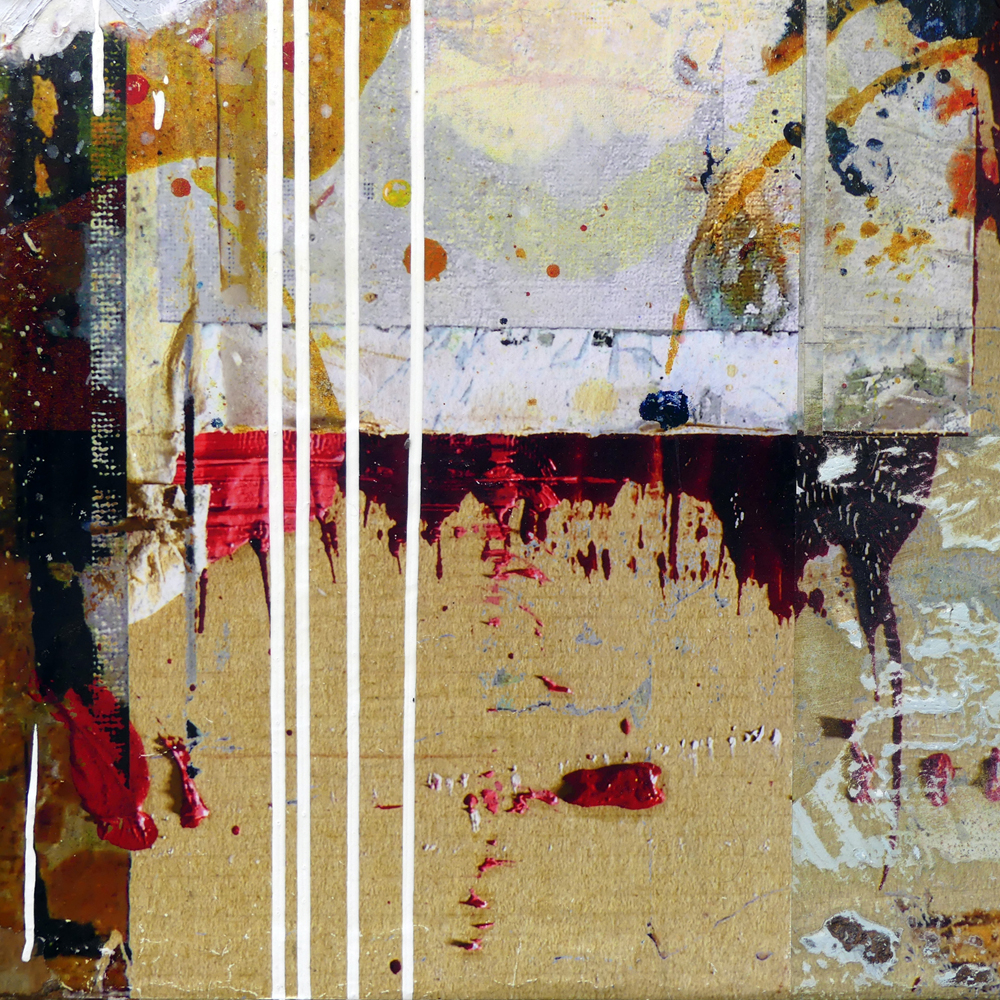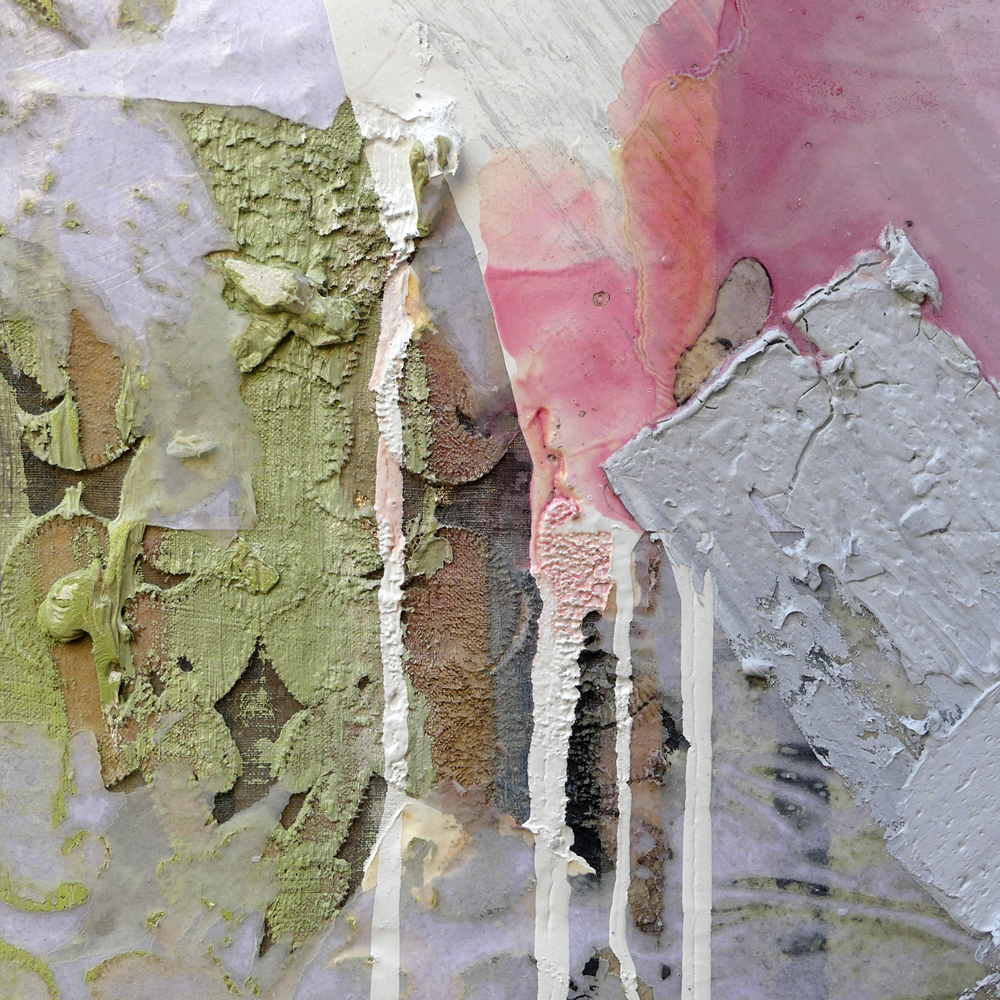Monet, Manet, Money. Over the past six decades, Almut Heise (b. Celle, 1944) has developed one of the most consistent bodies of work in the field of contemporary art. Pursuing her artistic objectives with confidence and calm persistence, she has created a painterly and graphic œuvre that is second to none. Heise’s veristic motifs appear to belong to a different era, while the striking presence of the depicted interiors and human subjects – suspended in a seemingly endless present – is so captivating that the protagonists’ everyday surroundings fade into the background. Heise’s reserved subjects raise more questions than they answer, and she herself can justifiably be described as an ‘artist’s artist’ – the prestigious status of someone whose work gains the respect of her peers.
Characteristic of Heise’s approach is the fact that from the very beginning of her career, she – like few other artists of her generation – chose to renounce the heroic gesture of German art informel, which had long since ossified into an eclectic formula. With Hanseatic straightforwardness, she confidently countered this with the ‘fine’ manner of painting that is typically associated with the Old Masters. It was a quiet rebellion in a period dominated by much louder artistic styles, when a strong will was required in order to forge one’s own path. Heise studied at the Hochschule für bildende Künste in Hamburg at a time when a number of leading British Pop art painters were among the teachers, and after completing her studies, she moved to Swinging London for a year in 1970. Although she had been attracted by the bold vibrance of Pop art, Heise’s stay in London merely served to confirm the individual position she had long since found for herself.
It is less well known that since the mid-1960s, parallel to her painterly output, Almut Heise has created a concentrated graphic œuvre that expands the conventional concept of drawing. Classical aspects of fine art drawing such as linear definition or the impasto application of colour, which have seemed contradictory or even mutually exclusive since the Italian Renaissance, no longer interest her. Heise’s coloured pencil drawings appear to have been built up with the drawing medium over the picture plane. The traditional notion of a characteristic line is also less significant in her work; instead, her compositions seem to be modelled from the surface without any graphic gesture. In this way, conventional line drawing is constrasted with a new concept of drawing.
Heise’s concise graphic œuvre – a body of works that has grown continuously over the past decades and has remained focussed throughout on interiors and portraits – conveys the precision of her graphic thinking. Whereas in the early stages of her career, the drawings were produced as preparatory studies for her paintings, over time they increasingly became autonomous master drawings.
Looking back over Heise’s output to date, it is impressive to note the subtle changes in expression in her portraits over the course of time. In the faces of her models, Heise sensitively captures emerging eras and changing moods, reflecting these in portrait drawings that nevertheless seem to exist outside space and time. These keen powers of observation are what lend her graphic œuvre its contemporary relevance. Heise thus joins a long tradition of graphic introspection around the human face and, without borrowing stylistic elements or devices, forms her own view of people and how to portray them. Heise’s highly distinctive œuvre is characterised by a light-handed crossover of classical subjects from art history and motifs from everyday culture which permeate her pictorial worlds and portraits and, countering their stillness, radiate a certain restlessness that disconcerts the viewer.
